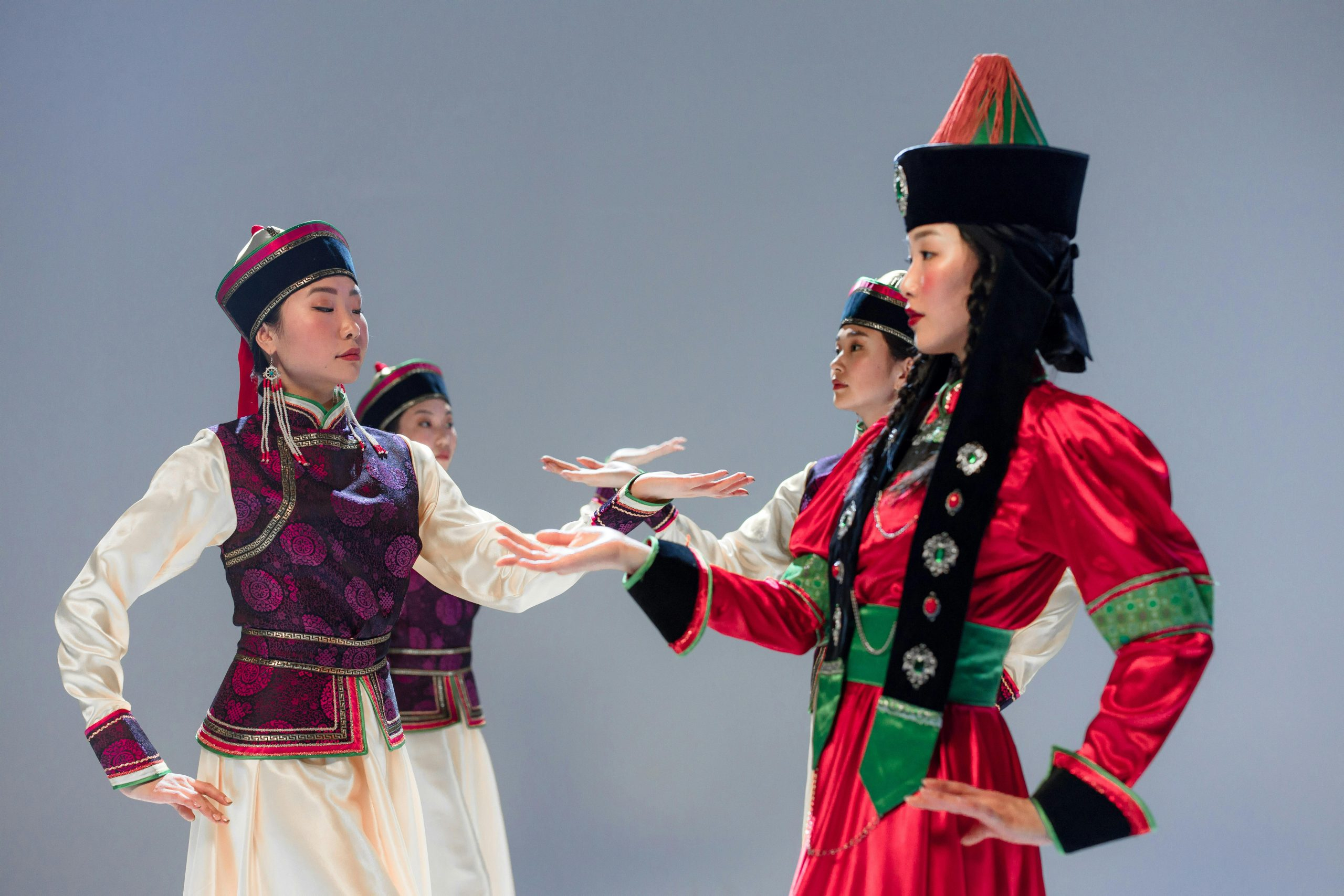The History and Cultural Significance of Traditional Garments
Clothing has been an essential part of human culture for centuries. It not only serves a practical purpose of protecting us from the elements, but it is also a way to express our personal style and cultural identity. Each region and country has its unique traditional garments, which have evolved over time to reflect the history and values of their people. In this article, we will explore the fascinating history and cultural significance of traditional garments around the world.
The Evolution of Traditional Garments
The concept of traditional garments dates back to ancient civilizations, where people used animal skins and foliage to cover themselves. As societies progressed, garments became more sophisticated and diverse, featuring different styles, colors, and materials. In many cultures, traditional garments were a symbol of social status and were worn during special occasions such as weddings and religious ceremonies.
Asia
In Asia, traditional garments have a long and rich history. For example, the iconic Japanese kimono has been worn for over 1,000 years and is still popular today. China is also known for its traditional clothing, such as the elegant qipao and the colorful hanfu. These garments not only represent the culture and fashion of their respective countries but also hold deep cultural meanings. For instance, the colors and patterns on a kimono can symbolize love, prosperity, and good fortune.
Africa
Africa is home to a diverse range of cultures, each with its unique traditional garments. In many African societies, clothing is an integral part of daily life, and traditional outfits are worn for various occasions, including weddings, festivals, and rituals. The fabrics used in African clothing, such as kente and mudcloth, are often handwoven and feature vibrant colors and intricate patterns. These garments not only reflect the continent’s diverse culture but also its history and identity.
Middle East
The Middle East is known for its opulent and ornate traditional garments, which are a fusion of different cultural influences. For instance, the thobe, a long tunic, is a popular garment worn by men in many Arab countries, while women often wear the abaya, a loose-fitting robe. The fabrics used in traditional Middle Eastern clothing, such as silk, cotton, and linen, are often embroidered with gold or silver thread, making them truly luxurious and eye-catching.
The Cultural Significance of Traditional Garments
In addition to their aesthetic value, traditional garments hold deep cultural meanings and play an essential role in preserving a country’s heritage. They also serve as a form of storytelling, passing down traditions and customs from one generation to the next. For instance, the intricate designs and motifs on traditional garments often tell stories of historical events or cultural beliefs.
Identity and Pride
Traditional garments also serve as a way for people to express their cultural identity and pride. They are a source of national and cultural pride, especially for indigenous communities. In many cases, traditional garments are also associated with specific rituals and ceremonies, connecting people to their cultural roots.
Social and Economic Importance
In many countries, traditional garments play a significant role in the local economy. They are often handmade by skilled artisans, providing employment opportunities for communities, particularly in rural areas. Traditional garments are also a vital part of the tourism industry, attracting visitors who are interested in experiencing different cultures and traditions.
The Future of Traditional Garments
In today’s fast-paced and globalized world, traditional garments are facing various challenges, such as the rise of fast fashion and the preference for Western clothing styles. However, there has been a recent resurgence in the appreciation for traditional garments, with many fashion designers incorporating traditional elements into their collections. This not only promotes cultural diversity but also helps to preserve and revive traditional garments.
In conclusion, traditional garments are more than just pieces of clothing. They are a representation of a country’s history, culture, and identity. As we continue to embrace diversity and celebrate the uniqueness of different cultures, it is essential to preserve and appreciate traditional garments for future generations to come.






